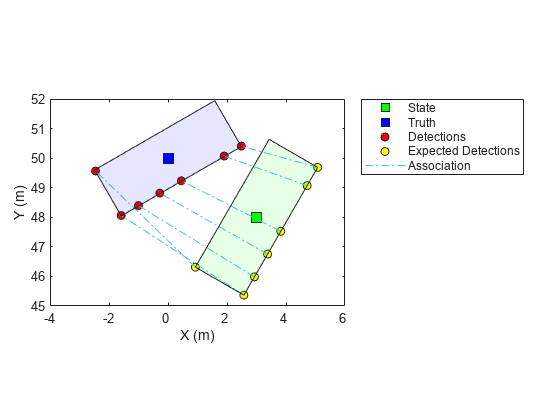ctrectmeas
Measurement function of constant turn-rate motion model for rectangular targets
Description
measurements = ctrectmeas(states,detections)gmphd object can use ctrectmeas as its
MeasurementFcn.
Examples
Input Arguments
Output Arguments
Extended Capabilities
Version History
Introduced in R2019b
See Also
trackerPHD | gmphd | ctrect | ctrectmeasjac | ctrectjac | initctrectgmphd | ctrectcorners
